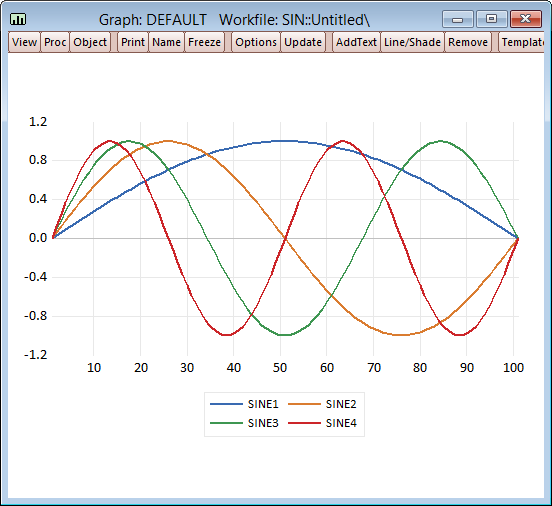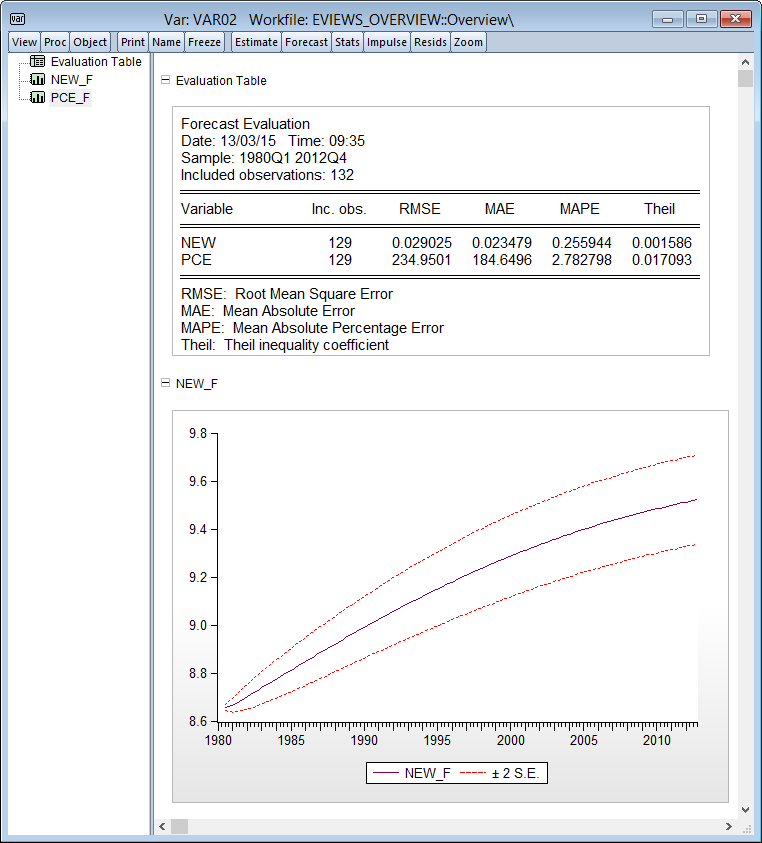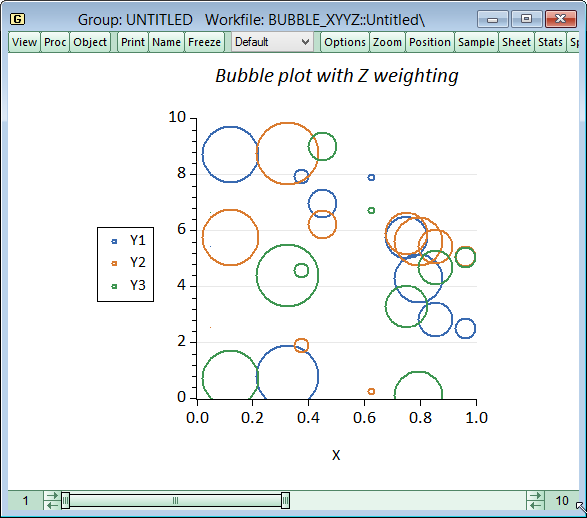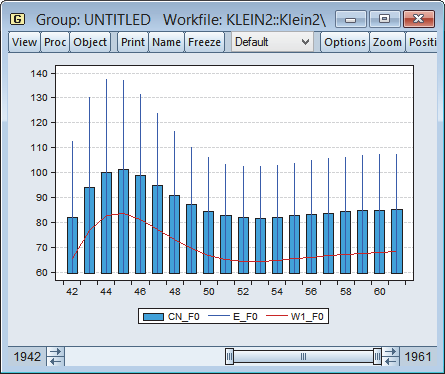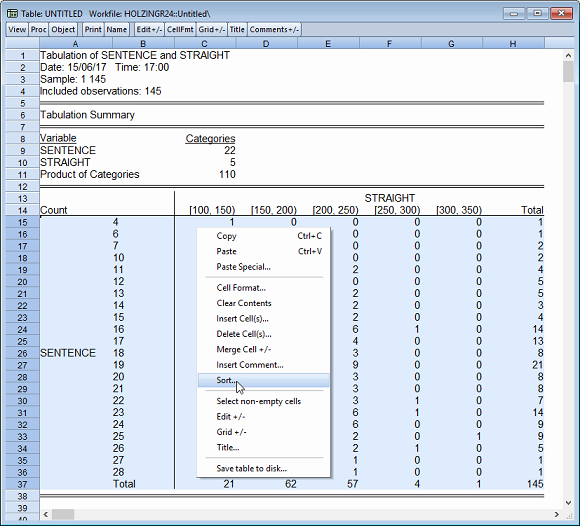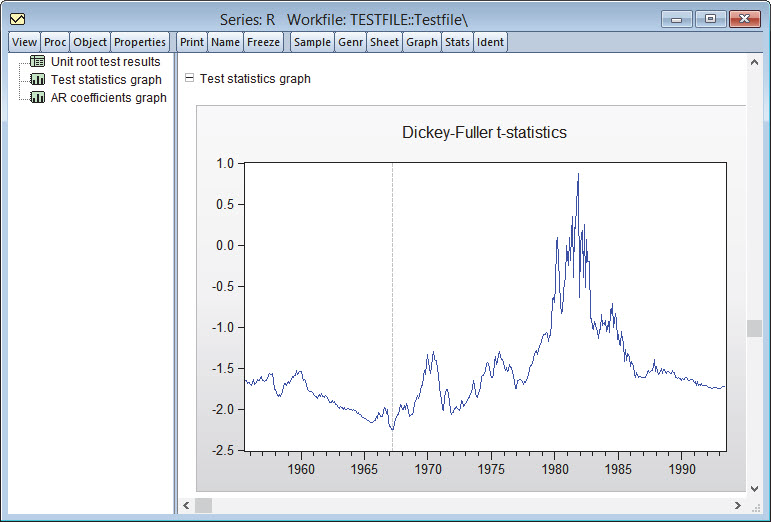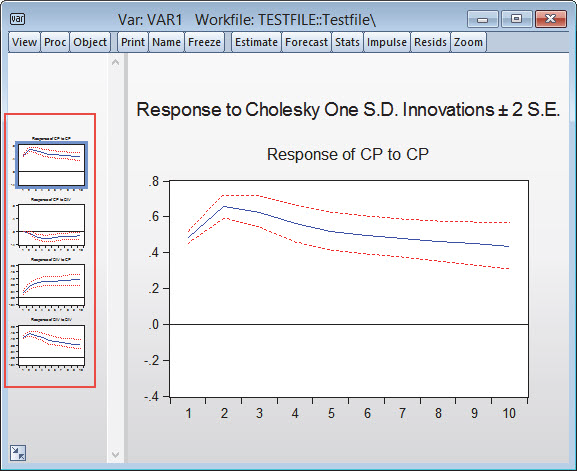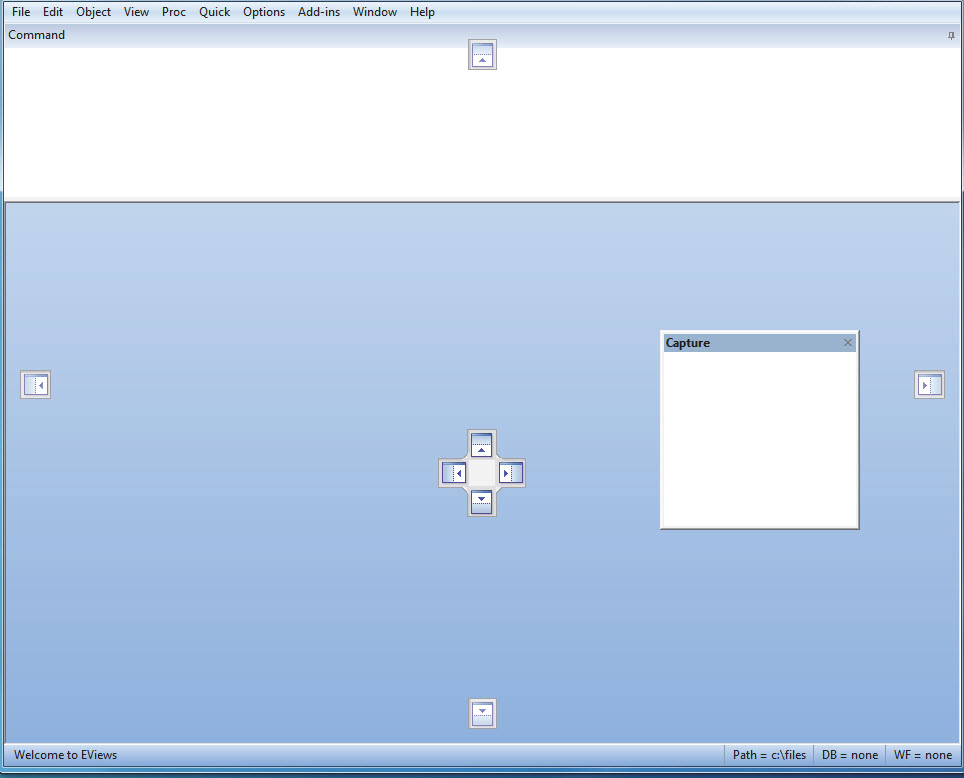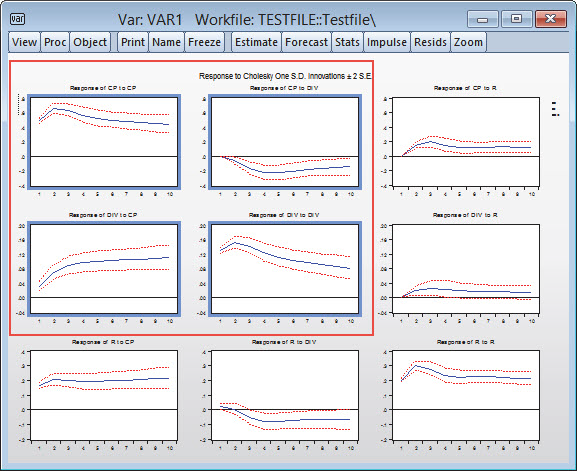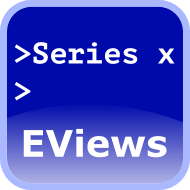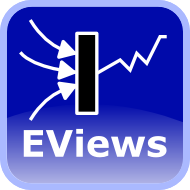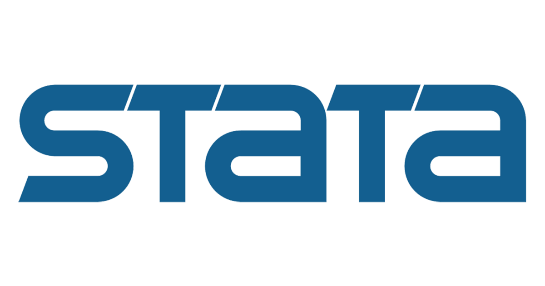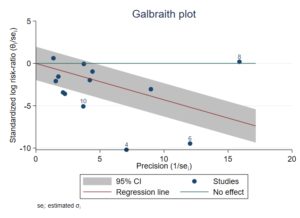EViews
Produktinformationen "EViews"
EViews – Die führende Software für Ökonometrie, Zeitreihenanalyse und Prognosen
EViews ist die erste Wahl für Finanzinstitute, Unternehmen, Regierungsbehörden und akademische Einrichtungen, die leistungsstarke statistische Analysen, Zeitreihenmodellierung und Prognosen benötigen.
🔹 Intuitives, objektorientiertes Interface – Einfache Bedienung für schnelle Analysen
🔹 Mächtige Statistik- und Modellierungs-Tools – Inklusive ARIMA, GARCH, GLM, Monte-Carlo-Simulationen
🔹 Effizientes Datenmanagement – Verwalten und analysieren Sie Zeitreihen unterschiedlicher Granularität
🔹 Präsentationsfertige Ausgaben – Hochwertige Grafiken und Tabellen für Veröffentlichungen
📊 Nutzen Sie die führende Ökonometrie-Software für präzise Analysen & Prognosen!
EViews – Jetzt noch leistungsstärker und benutzerfreundlicher!
Die neue Version von EViews bietet erweiterte statistische Methoden, verbesserte Datenanalyse-Tools und ein optimiertes Interface. Ideal für Ökonomen, Finanzanalysten und Wissenschaftler, die mit Zeitreihen, Panel-Daten und Prognosemodellen arbeiten.
🆕 Top-Neuerungen in EViews:
✔ Erweiterte ARDL- und NARDL-Schätzungen
✔ Verbesserte PMG- und VEC-Modelle
✔ Neue Difference-in-Difference-Schätzung
✔ Bayesian Time-Varying Coefficient VARs
✔ Integration mit Jupyter Notebook für Python-Nutzer
✔ Optimierte Grafiken, Tabellen & Excel-Export
✔ Schnittstellen zu R, MATLAB, Weltbank, Eurostat & mehr
📊 EViews bleibt die erste Wahl für Ökonometrie, Statistik und Datenanalyse!
➡ Jetzt mehr erfahren: Kontakt
EViews – Die führende Software für Ökonometrie, Zeitreihenanalyse und Prognosen
EViews ist eine leistungsstarke und benutzerfreundliche Softwarelösung für statistische Analysen, ökonometrische Modellierung und Prognosen. Sie richtet sich an Forschende, Unternehmen, Behörden und Studierende, die mit Zeitreihen, Paneldaten oder Querschnittsdaten arbeiten.
Mit EViews führen Sie im Handumdrehen komplexe Analysen durch, erstellen präzise Prognosen, simulieren Modelle und erzeugen druckfertige Grafiken und Tabellen – alles per Mausklick, ganz ohne komplizierte Programmierung.
🔍 Vorteile von EViews auf einen Blick
-
✅ Leistungsstarke ökonometrische Werkzeuge: u. a. ARIMA, GARCH, GLM, Monte-Carlo-Simulationen
-
✅ Intuitive Benutzeroberfläche – keine Programmierkenntnisse erforderlich
-
✅ Effizientes Datenmanagement für große Zeitreihendaten
-
✅ Hochwertige Visualisierungen: Liniendiagramme, Balken-, Torten- & Streudiagramme
-
✅ Ideal für Ökonomie, Finanzanalyse, Forschung & Lehre
-
✅ Nahtloser Excel-Export & vielseitige Schnittstellen zu anderen Programmen
-
✅ Schneller Workflow für Modellierung, Analyse & Berichterstellung
🧩 EViews Editionen: Standard vs. Enterprise
EViews ist in zwei Editionen erhältlich: Standard und Enterprise.
✅ Enterprise-Edition: Zusätzliche Funktionen
-
ODBC-Anbindung – Direkte Verbindung zu Datenbanken wie Oracle, SQL Server, IBM DB2
-
Eigene Datenbankschnittstellen (EDX & EDO) – Für unternehmensspezifische Datenquellen
-
Live-Datenzugriff von Drittanbietern – z. B. Bloomberg, IHS Economics, FactSet
-
Optimiert für Big Data – Auch große Datenmengen lassen sich problemlos analysieren
📊 Grafiken & Visualisierung mit EViews
EViews bietet ein breites Spektrum an Visualisierungsmöglichkeiten, speziell für Zeitreihenanalyse:
-
📈 Liniendiagramme, Balken- & Kreisdiagramme, Streu- & Boxplots
-
🔄 Mixed Graph Types – Kombinieren Sie mehrere Diagrammtypen in einem Plot
-
🖼️ Multi-Graph-Slideshow mit Zoom – Übersicht auch bei vielen Grafiken
-
🖱️ Interaktive Bearbeitung: Farben, Linien, Achsen, Legenden & Notizen frei anpassbar
-
🫧 Bubble Plots – Dritte Dimension zur Visualisierung von Datengrößen
-
🎯 Exportfertige Grafiken für Publikationen & Präsentationen
🔬 Wichtige Analysefunktionen in EViews
-
📌 Dickey-Fuller-Test zur Überprüfung von Stationarität
-
📌 Forecasts direkt aus VAR-Modellen ohne Modell-Setup
-
📌 Paneldatenanalyse mit Cluster-robusten Standardfehlern
-
📌 Bayesian VARs mit zeitvariablen Koeffizienten
-
📌 Neue Standard-Grafikvorlagen mit modernem Design
-
📌 Tabellensortierung nach Spaltenwerten
-
📌 Modellsimulation & Szenarienanalyse mit einem Klick
💻 Erweiterungen & Schnittstellen
Erweitern Sie die Funktionalität von EViews mit kostenlosen Add-ins & Library-Paketen direkt vom Hersteller IHS EViews.
EViews unterstützt nahtlose Integrationen mit:
-
Jupyter Notebooks (Python)
-
R & MATLAB
-
Datenbanken wie Weltbank, Eurostat u.v.m.
✅ EViews ist ideal für:
-
Ökonometrie & Prognosemodelle
-
Zeitreihenanalyse & Finanzdaten
-
Paneldaten & Querschnittsdaten
-
Wissenschaft, Lehre, Unternehmensanalyse
-
Forecasting ohne Programmierung
-
Visualisierungen & Datenexport
📥 Jetzt mehr erfahren und kostenlose Demoversion herunterladen:
➡ [Offizielle EViews-Website – IHS Markit]
| Komponente | Anforderung |
|---|---|
| CPU | Pentium oder besser |
| Betriebssystem |
|
| Arbeitsspeicher | 512 MB |
| Festplattenspeicher | 400 MB freier Speicherplatz für EViews, unterstützende Dateien, vollständige Dokumentation und Beispieldateien |
Ökonometrie


